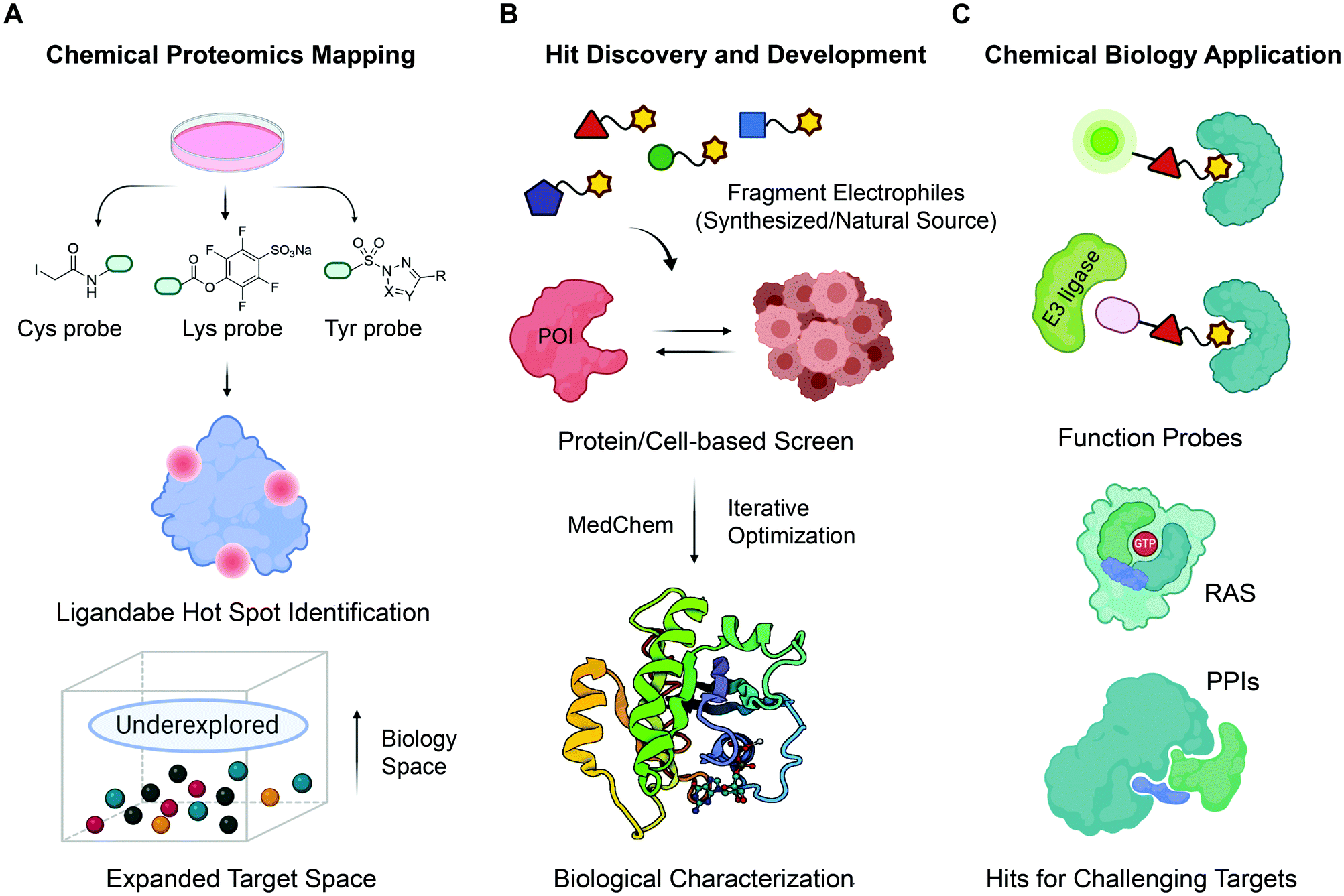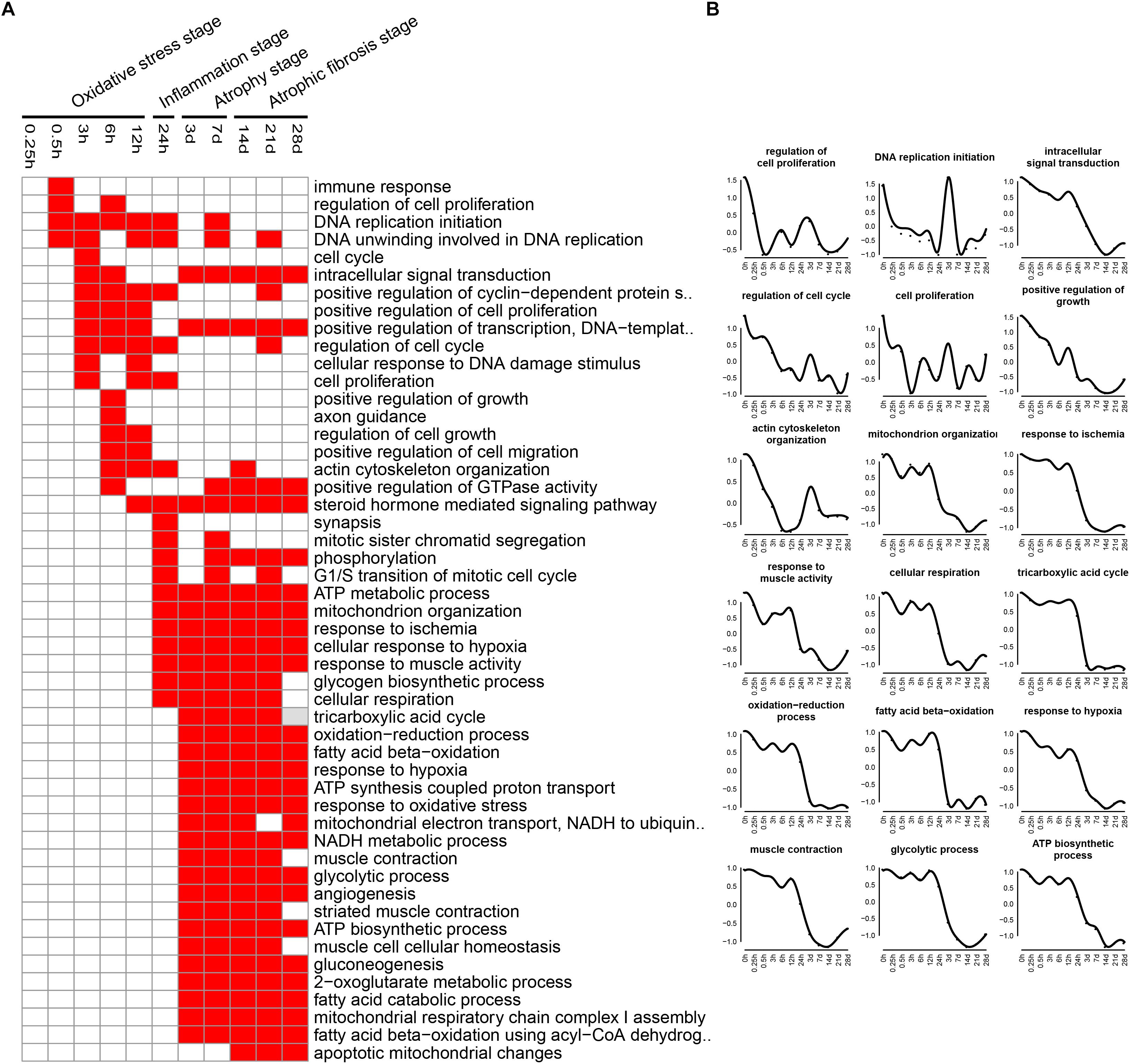Investing in the healthcare sector requires staying informed about the latest advancements and breakthroughs. One such development that has garnered significant attention is the phase 3 trial of Sotorasib in lung cancer treatment.
As an investor interested in the field of investing and learning, it is crucial to understand the potential impact of this groundbreaking drug.
Background on Sotorasib
Sotorasib, also known as AMG 510, is a targeted therapy designed to address a specific genetic mutation called KRAS G12C. This mutation is frequently found in non-small cell lung cancer (NSCLC) patients, making Sotorasib an exciting and promising treatment option for this particular subset of individuals.
The mechanism of action behind Sotorasib’s effectiveness lies in its ability to bind to the mutated KRAS protein, thereby inhibiting its activity and ultimately halting tumor growth. By directly targeting the root cause of cancer development, this novel therapy offers renewed hope for patients who have limited treatment options available to them.
The significance of Sotorasib cannot be understated within the field of oncology research. For decades, researchers have faced immense challenges when it comes to targeting KRAS mutations due to their highly complex nature.
However, the success achieved with Sotorasib has opened doors for further exploration into developing targeted therapies against other genetic mutations that were previously believed to be difficult or even impossible to tackle.
In summary, Sotorasib represents a groundbreaking advancement in the world of oncology research. Its ability to specifically target and inhibit the mutated KRAS protein offers new possibilities for treating non-small cell lung cancer patients who possess this particular genetic alteration.
The success achieved with this therapy not only brings hope to those currently facing limited treatment options but also paves the way for future breakthroughs in targeted therapies against other challenging genetic mutations.
The Journey of Sotorasib: From Discovery to Phase 3
Sotorasib, also known as AMG 510, has undergone a remarkable journey from discovery to Phase 3 trials. In preclinical studies, it showed promise in inhibiting tumor growth and prolonging survival in animal models with KRAS G12C mutations. Promising results from Phase 1 and 2 trials led to the decision to move forward with Phase 3.
This trial aims to evaluate its effectiveness and safety compared to standard-of-care treatments in a larger patient population. Meticulous trial design techniques have been employed, including randomization and blinding, to ensure accurate data collection and analysis.
The progress made so far offers hope for NSCLC patients with KRAS G12C mutations, as Sotorasib continues to pave the way for targeted therapies that can make a significant impact on treatment outcomes.
Understanding the Phase 3 Trial
In the phase 3 trial, several factors contribute to its success and reliability. Patient selection criteria ensure valid results by considering factors like age, disease stage, previous treatments, and overall health.
Including a diverse patient population helps understand how Sotorasib performs across different demographics and genetic backgrounds. Methodology involves randomization and blinding techniques to provide accurate comparisons and minimize biases in data collection.
Primary endpoints determine trial success, while secondary endpoints offer additional information on treatment efficacy and safety. Clear guidelines ensure consistent measurement of endpoints using imaging scans, laboratory tests, or patient-reported outcomes.
Overall, understanding these aspects is crucial for evaluating Sotorasib’s effectiveness and guiding treatment decisions.
Implications for Investors
Investors in the field of lung cancer treatments must consider several key factors. The current market landscape offers various therapies, but there is a significant need for treatments targeting KRAS mutations. Sotorasib’s emergence as a potential targeted therapy provides valuable insights into the competitive landscape.
Positive phase 3 results can impact stock prices and pave the way for regulatory approval, essential before commercialization. Assessing long-term investment prospects requires evaluating market demand, pricing, and competitive advantages of Sotorasib.
Understanding these implications allows investors to make informed decisions and contribute to advancements in lung cancer treatment options.
Anticipating Results and Future Developments
The completion of the phase 3 trial for Sotorasib is eagerly awaited, as it will provide crucial insights into its effectiveness and safety. Challenges and setbacks can arise during clinical trials, so investors should stay informed about any updates.
If the trial is successful, future developments may include seeking regulatory approvals in different regions, exploring new indications, or potential partnerships for commercialization. The outcome of the phase 3 trial holds great promise for the future of Sotorasib and its potential to make a significant impact in healthcare.
Conclusion
The significance of Sotorasib’s phase 3 trial in lung cancer treatment cannot be overstated. This groundbreaking research represents a major milestone in the field, offering hope for patients with KRAS G12C mutations who have limited treatment options.
By utilizing a targeted approach, Sotorasib has shown promising outcomes that hold the potential to transform the lives of countless individuals and their families.
Staying informed about the progress and outcomes of the Sotorasib phase 3 trial is crucial for investors interested in healthcare advancements. The information gained from following this trial can guide investment decisions and contribute to a deeper understanding of future developments in oncology research.
As new data emerges, it is important to stay updated on this pioneering treatment and its potential impact on both patient outcomes and stock prices.
It’s important to remember that innovative treatments like Sotorasib can have a life-saving impact in oncology. The development of groundbreaking therapies not only offers hope for patients but also serves as a reminder of the immense possibilities within the field.
The pursuit of such innovative approaches reminds us all that with continued dedication and research, we can unlock new avenues for improving patient care and survival rates.
[lyte id=’IhUDqr7Zx2w’]





